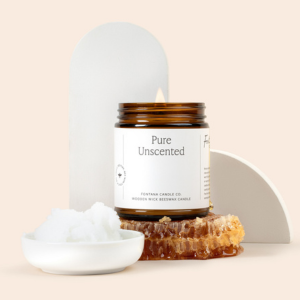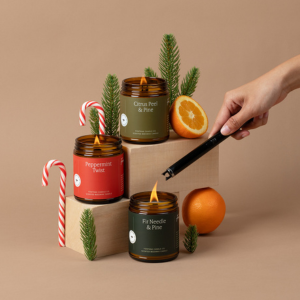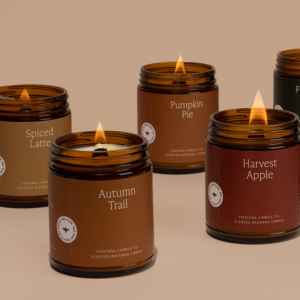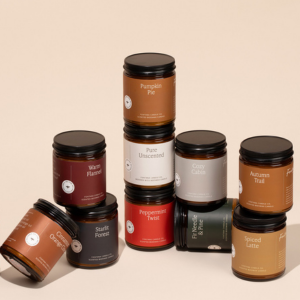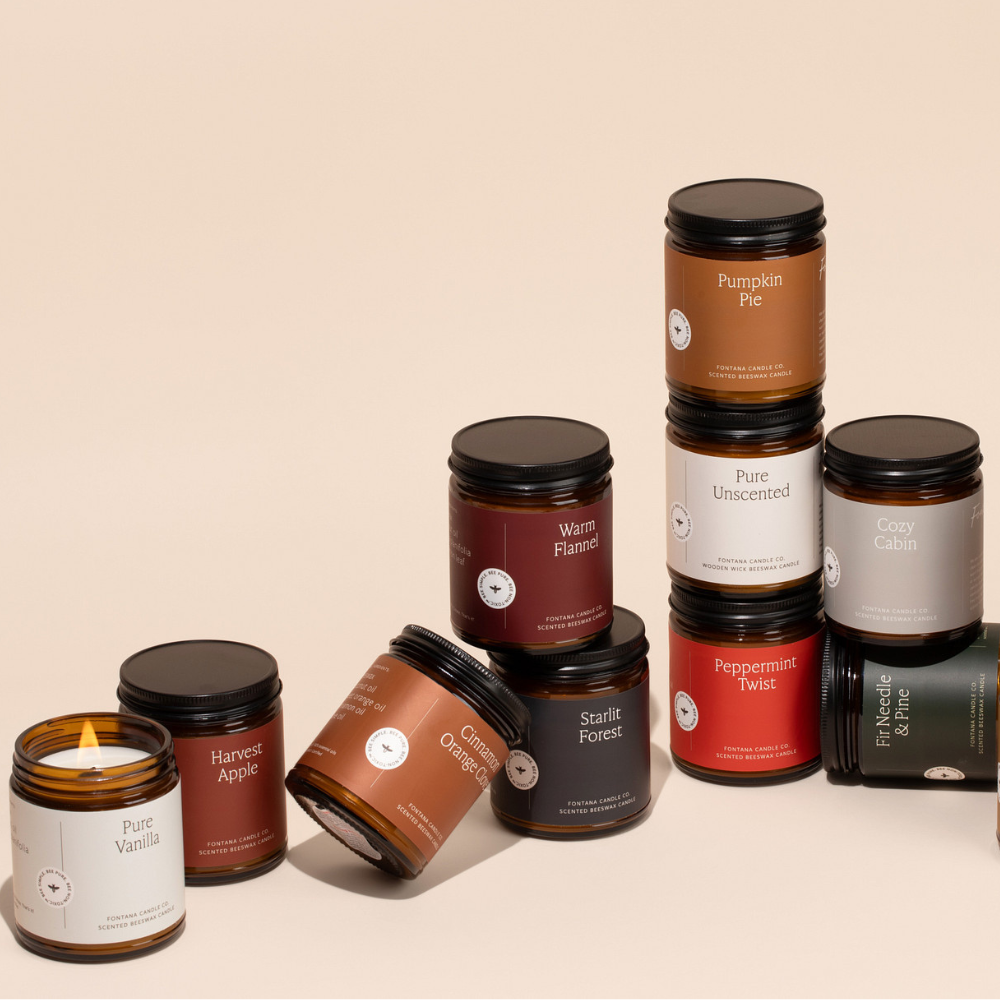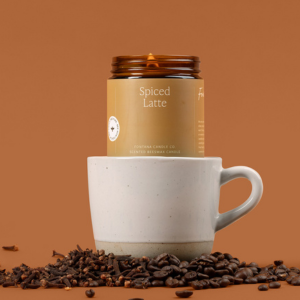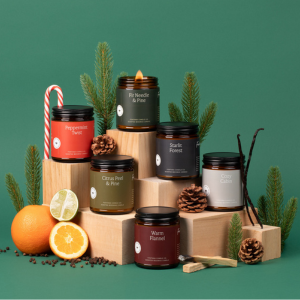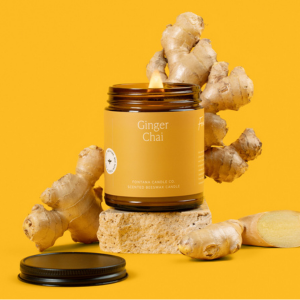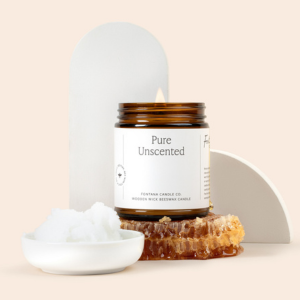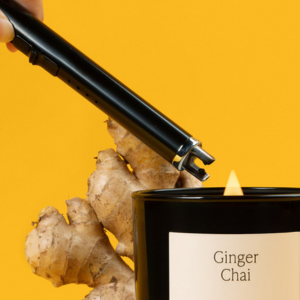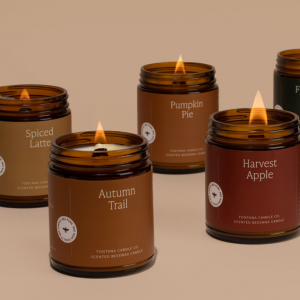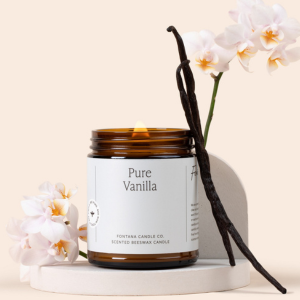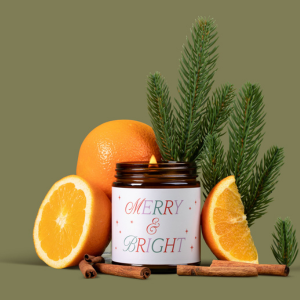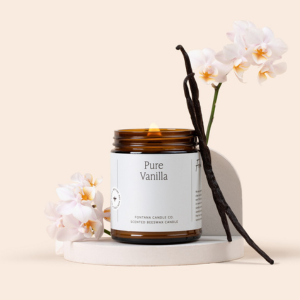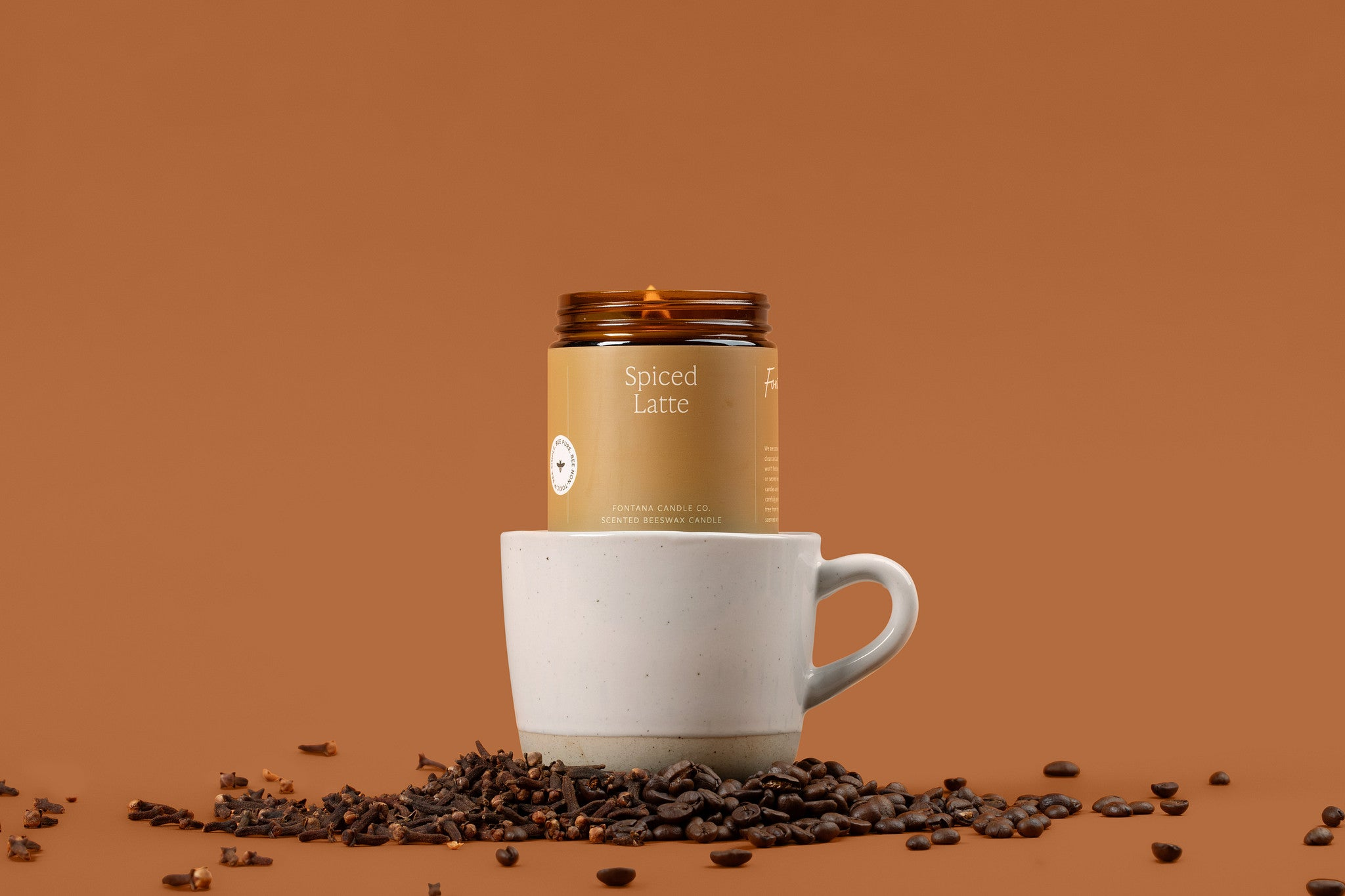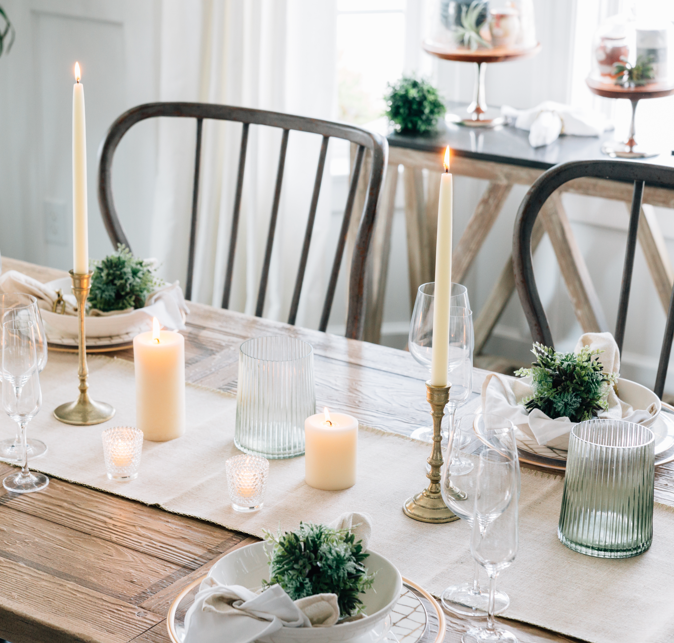The Floral Industry’s Dirty Secrets

Guest Post by: Jenelle Kauffman, Owner of Olivia’s Flower Truck
Where do flowers come from? What has happened to those flowers prior to getting here? Have those who grow the flowers been paid fair wages or treated well? Are the flowers you purchase toxic?
If you have not stopped to consider these questions the last time you purchased flowers, please do! As a flower farmer and a florist, I have been educating myself about the flowers I purchase during my “off season.” While I heard other fellow flower farmers complaining about imported flowers, I often felt like it was simply a marketing ploy. After reading, “Flower Confidential” by Amy Stewart, my understanding has changed. Here is what you need to know about the floral industry to make better buying choices.
Where do flowers come from?
A hundred years ago almost all of the cut flowers sold in the United States were grown domestically. Now roughly 80% of our flowers are imports, mostly coming from Latin America. We’ve lost hundreds of family farms and continue to lose American farms due to a number of factors. Did you know the U.S. government subsidizes farmers in Ecuador and Columbia so that they do not grow cocaine? Latin America also has a perfect growing season and a workforce desperate for jobs. U.S. farmers simply cannot compete with these factors, nor the strong demand among U.S. consumers for cheaper and cheaper flowers.

What has happened to the flowers prior to getting here?
To understand this, you must understand the strict practices our country has towards imported agricultural goods: flowers are inspected carefully prior to being allowed into this country. Interestingly, those inspectors wear protective equipment while handling the flowers, something the National Society of Florists has declined to acknowledge or educate florists about. If an inspector finds one bug or spot of fungus, the entire shipment is thrown out or fumigated at the airport. This adds cost and delays. Therefore, growers are encouraged to use heavy doses of pesticides to eliminate the possibility their products will be rejected. It creates scenarios where women stand around barrels of open fungicides, dipping the heads of roses prior to shipping. And unlike imported fruits and vegetables, flowers are not tested for illegal pesticide residue. So not only are these flowers coated in chemicals, but they are also coated in high levels of illegal chemicals.

Have those who grow the flowers been paid fair wages or treated well?
This is where things get really ugly. Latin American and African farms raise a lot of concern among both human rights and environmental groups. In Ecuador a typical wage is $150/month in an industry revolving around holidays requiring long hours and no overtime pay. Child labor is a serious problem along with sexual harassment and abuse. Two-thirds of Ecuadorian flower workers suffer from headaches, nausea, miscarriages, and neurological problems; all related to exposure to chemicals and pesticides. By contrast, less than 1/3 of California agricultural workers complain of similar problems. My brother witnessed the rose farms in Kenya first hand. The smell of pesticides could be noted over two miles away. Workers walked under overhead irrigation systems spraying fungicides on the roses while they worked.
Are the flowers you purchase toxic?
Most likely, yes! And for so many reasons: coated in illegal chemicals, worker exposure to those chemicals, unsafe working conditions, destruction of streams and waterways, child labor, poor wage earning, the list goes on. And yet some would argue this: women who work in countries like Ecuador and Columbia for the flower farms earn more than most other work options and this gives them power at home, leading to less abuse from their partners. Families can stay together versus one or both parents being forced to look for work abroad. One farmer claimed that if you stop buying flowers from Ecuador and instead buy from California farms, you are simply supporting a Mexican worker who is away from their family. It’s messy business, but I’m here to offer this perspective.
What if we became educated consumers? What if we started to support farmers in our area or look for those near us growing flowers by safe means? What if we instead purchased only locally grown flowers?
Pictured: Jenelle's Lancaster, PA based flower field

Here is how we would have to change.
- Find a flower farmer in our area and get to know them. How do they grow? What do they grow? What does it mean to only purchase flowers in their growing season?
- Support that flower farmer buy by paying fair prices. So maybe you don’t buy those cheaper grocery store flowers. Instead you search out a local farmer and instead of filling your home with chemical laden flowers, you instead buy something that has been grown with care.
- Take classes and learn about the art of growing flowers, then start growing some of your own.
If you want to learn more about what flowers are in season, please go to my website: www.oliviasflowertruck.com and sign up for my newsletter. You will receive a list of flowers that are in season each month! You will also get updates about what’s happening at my Lancaster, PA based flower farm and tips on growing flowers. We can make the world a better place by asking questions and buying differently. We can make our world healthier by the businesses we chose to support who are working hard to create safe, clean products. The way we spend our money makes a difference and calling for change in big industries can bring change for all those involved. Let’s make our world a better place together!


